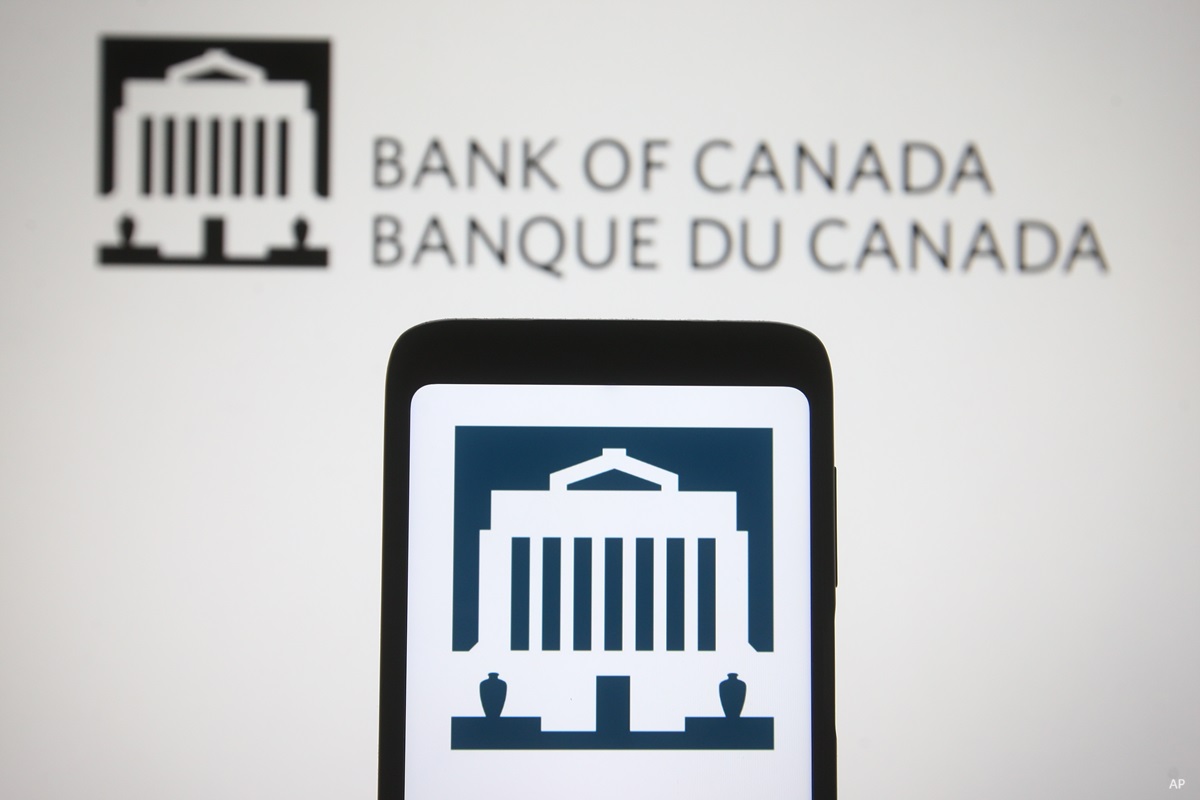
Canadians have a love affair with housing – and housing-related debt. The global pandemic saw Canadian (and global) house prices reach all-time highs, before the swift depreciation fueled by rising interest rates. Through it all, homeowners have had the ability to access a growing amount of capital by tapping into the value of their home through a home equity line of credit (HELOC). But with rising interest rates, home price fluctuations, and Canadian debt levels on the rise, should they be favoured or feared?
What Are HELOCs?
The HELOC enables homeowners to borrow money at a rate that is lower compared to unsecured loans. Per HELOC rules, a homeowner can borrow up to 65% of the value of their home. Homeowners are only required to pay back the interest on the amount borrowed, and the entire amount can be paid back without early payment penalty.
Readvanceable mortgages combine a mortgage with a HELOC, enabling the user to continue paying down the mortgage with only interest paid on the HELOC portion.
According to data from the Bank of Canada, these combined loans made up $737 billion during the first quarter of 2022. Stand-alone HELOCs work as revolving credit backed by your home but are unrelated to your mortgage. During the first quarter of 2022, they made up $44 billion.
When Should You Use a HELOC?
Home equity lines of credit can be a good alternative for some homeowners, but like with any debt, they should be used with caution, and they shouldn’t be used by everyone.
“If they haven’t already eroded much of their equity in HELOCs, a good use is as a savings cushion,” said Scott Terrio, manager of consumer insolvency, Hoyes, Michalos & Associates. Terrio notes that a HELOC can help smooth income for those that are on a heavy commission income or are self-employed – as long as they can pay it down.
A few things to consider when making the decision to take on more debt in the form of a HELOC:
- Can you comfortably make your mortgage payments and other loans factoring in potential interest rate increases?
- Do you understand the terms of your HELOC contract?
- Do you have higher interest rate loans that can be consolidated using your HELOC?
- Will the HELOC help you avoid a dire financial situation?
- Have you thought through a plan to pay off your HELOC once you borrow a lump sum?
- Are you using it for something with an uncertain outcome (i.e. investing in the stock market)?
Your answer should be ‘yes’ to all but the last question. The HELOC can be a powerful tool to help you pay down higher interest loans or to ward off financial catastrophe, but it should be used with care. One way to ensure discipline in your payback strategy is to speak to your lender about making regular payments to your HELOC. Alternately, incorporate lump sum payments into your regular budget to ensure that the weight of debt lightens over time.
What Are the Caveats?
Readvanceable mortgages recently came under scrutiny by the Office of the Superintendent of Financial Institutions (OSFI), which has said it will soon announce new rules to regulate these products to slow down rising debt levels. Terrio notes with rate rises, many homeowners will be subject to higher payments. “As long as things are going up, it’s not so bad at all. It’s when inevitably things start to shift that panic ensues and that’s what is being brought to the front right now.”
In a rising rate environment, homeowners should anticipate their interest payments going up. It’s crucial to understand the terms of your HELOC and whether an interest rate increase would be implemented immediately or with some notice.
HELOCs vs. Reverse Mortgage
Like a HELOC, a reverse mortgage is an option that homeowners have if they want to tap into the equity of their homes. A reverse mortgage enables homeowners aged 55 and older to draw money from their home equity without selling their home. Unlike a HELOC, no payments are due, and the loan is payable upon sale of the home or the death of the last borrower. The maximum borrowable amount depends on your age, home’s appraised value, and lender.
Like any financial product, the HELOC shouldn’t be used recklessly as an easy source of cash. Proceed with care by first determining whether you need to pull from your HELOC. If it is the most attractive option to help you attain your goal – speak with your lender, thoroughly review your contract, and lay out a plan for repayment.



















